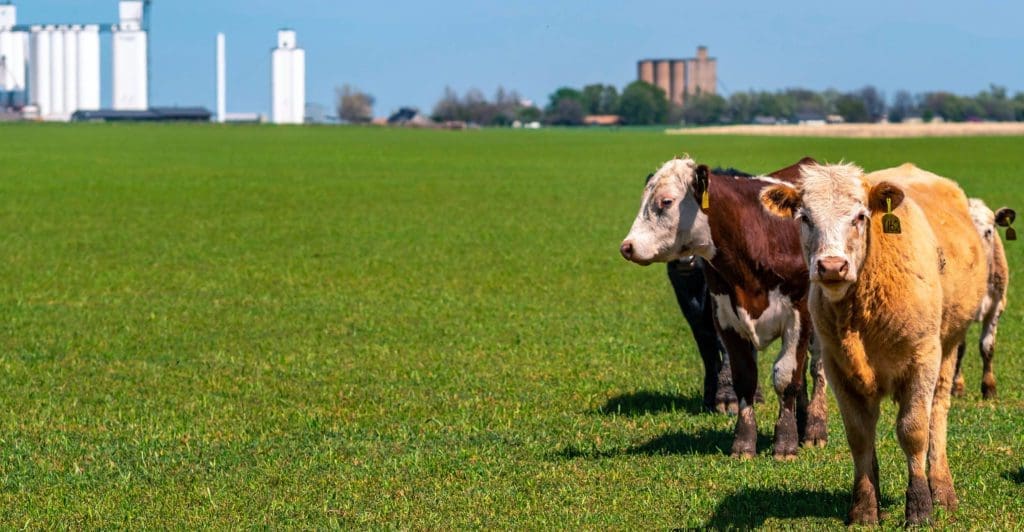By Gail Ellis
Stillwater, OK– The first hollow stem stage of grazed wheat, a lead indicator of when to remove cattle from wheat pasture to preserve yield potential, could arrive within the next two to three weeks for some varieties.
Amanda De Oliveira Silva, Oklahoma State University Extension specialist for small grains, said her wheat research team is measuring the crop’s progress twice a week, but most wheat varieties, even those planted early, are not quite there yet.
“Wheat is a little behind primarily due to moisture and cold temperatures,” she said. “The drought is really affecting crop growth and development. Also, we didn’t have the amount of forage we would like this year, so we have a lot of producers who didn’t have a chance to graze, especially in the fall.”
Some, but not all, parts of the state have received substantial amounts of rain within the past couple of weeks. Silva said moisture is important for dual-grazed wheat, but varieties planted for grain harvest only will need rain most when the plants leave dormancy later this spring.
The U.S. Department of Agriculture estimates 4.6 million acres of wheat were seeded in 2022, an increase of 7% from 2021. Silva said a lot of the state’s crop, especially those acres intended for forage, was seeded late using the method of dusting in due to extreme drought conditions.
As the weather consistently warms up, she said producers who graze their wheat can begin measuring for first hollow stem every couple of days.
“The most critical thing is for producers to not graze past first hollow stem to protect the plant’s canopy, especially when conditions are harsh,” she said. “Plants may not have the ideal conditions for regrowth, and that can harm yield. Different varieties vary up to three to four weeks in reaching first hollow stem.”
Learn more about how grazing past first hollow stem can impact wheat yields on Silva’s World of Wheat blog and on “SUNUP,” OSU Agriculture’s weekly television show.
OSU Extension uses research-based information to help all Oklahomans solve local issues and concerns, promote leadership and manage resources wisely throughout the state’s 77 counties. Most information is available at little to no cost.













